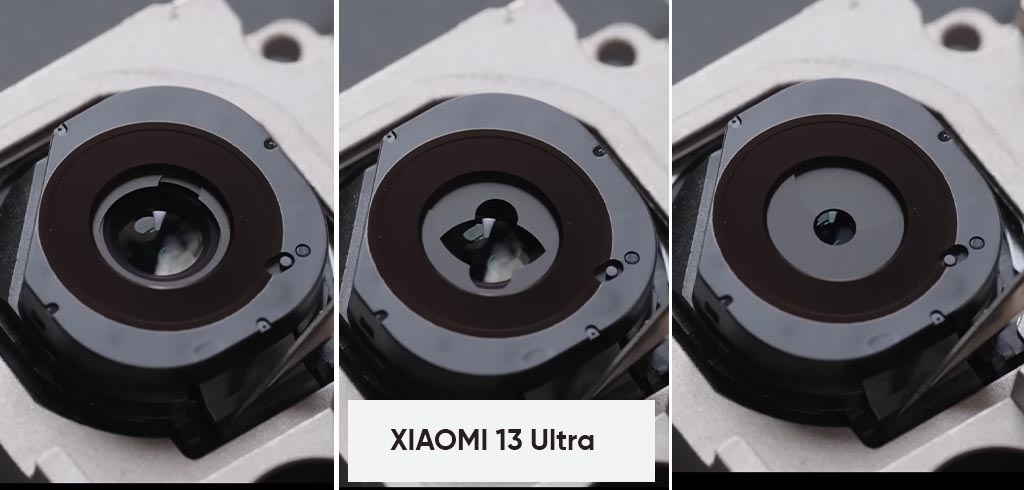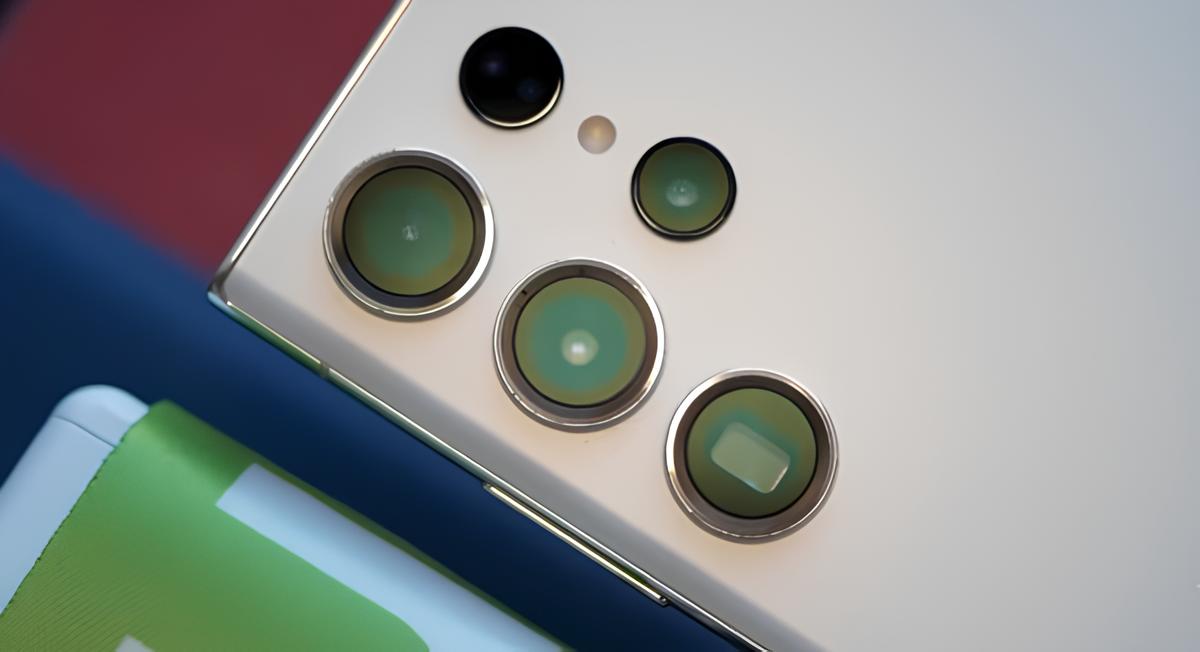In brief
- Xiaomi 14 Pro is going to be the first Android to ship with a titanium frame
- Unlike the Pro iPhones with stainless steel, Androids like Xiaomi are switching from lighter aluminum, so they will get heavier.
- Xiaomi 14 series will launch before November 11 this year in China, getting ahead of the Galaxy S24 Ultra in this new trend.
While Apple appeared to be the first to integrate titanium material into a smartphone, the lightest foldable phone in the Android space has already adopted this more durable and lighter material, albeit in a different form.
The Xiaomi 14 series is reported to bring some notable improvements across different aspects, one of which is the addition of titanium following Apple’s lead. Although the titanium frame might be limited to a special edition of the Xiaomi 14 Pro.
The Xiaomi 14 series is scheduled to launch in the second week of November (before the 11th) to coincide with the Singles’ Day sale in China. However, it won’t become available on the global market until early next year.
Nonetheless, one of the few notable improvements of the Galaxy S24 Ultra is scheduled to come early to the market with Xiaomi’s upcoming Pro flagship.
Nonetheless, following Apple’s lead, Xiaomi becomes the first Android manufacturer to introduce this material to the middle frame and, more importantly, does so earlier than Samsung.
Implications of the titanium frame:
Currently, most Android manufacturers are using aluminum as the middle frame for their premium devices.
On one hand, titanium is stronger, while on the other, it is heavier than aluminum. Besides providing better drop resistance and resistance to scratches or dents to the frame, it will inevitably add some weight too.
Now, it’s important to consider what approach Xiaomi will take. On one hand, they may focus on reducing the weight of other components, such as reducing the battery capacity or constructing the metal chassis (body) with either lighter or less material. However, doing so will likely compromise the quality in other aspects.
So, what about Xiaomi 14 Pro’s titanium frame?
Xiaomi doesn’t seem to be compromising on any other aspect of the device. Both the Xiaomi 14 and 14 Pro are equipped with larger batteries. In the case of the Xiaomi 14, it’s 4860 mAh compared to last year’s 4500 mAh. For the Xiaomi 14 Pro, it’s now 5000 mAh, slightly larger than last year’s 4820 mAh capacity.
The denser titanium material (compared to aluminum) and the bigger batteries indicate an increase in weight for the devices. Although there are other ways to save some weight, we will have to wait until early November to see how things turn out.
In addition to the titanium frame, the Xiaomi 14 series will also be the first to introduce the next-generation 8 Gen 3 CPU platform, built on TSMC’s improved 4nm (N4P) process.

Both the Xiaomi 14 and Xiaomi 14 Pro will also bring significant camera improvements, as reported by DCS. Xiaomi 14 Pro will reportedly also offer the variable aperture function that we have previously seen on the Xiaomi 13 Ultra.


